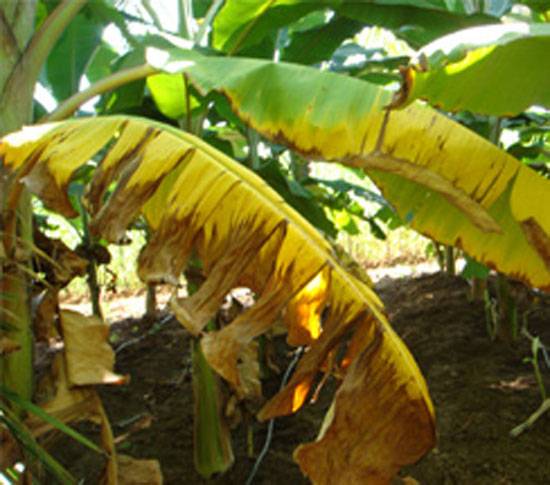Banana-TC
Banana lace-wing bug

Banana lace-wing bug
Stephanitis typicus

Banana lace-wing bug
Stephanitis typicus

Banana lace-wing bug
Stephanitis typicus

Banana lace-wing bug
Stephanitis typicus

Banana lace-wing bug
Stephanitis typicus
Understanding Stephanitis typicus (Lace Wing Bug) and Its Environmental Needs
Introduction
The Tingid or Lace Wing Bug, Stephanitis typicus, is a pest that thrives in tropical and subtropical climates. It primarily affects banana plants and coconut palms, causing damage to foliage. The optimal temperature and humidity range for its survival is between 15°C and 35°C, with a relative humidity of 75-85%.
Key Points About Stephanitis typicus and Its Environmental Needs
1. Temperature Preferences
- Stephanitis typicus thrives in warm conditions.
- The ideal temperature range is between 15°C and 35°C.
- Extreme temperatures below or above this range can limit its activity and survival.
2. Humidity Requirements
- High humidity is essential for the bug’s development.
- A relative humidity of 75-85% favors its reproduction and population growth.
3. Host Plants
- The insect is commonly found on banana plants and coconut palms.
- These host plants typically grow in warm, humid environments, which provide suitable conditions for the pest.
4. Impact on Plants
- Stephanitis typicus feeds on the underside of leaves, causing yellowing, wilting, and reduced photosynthesis.
- Severe infestations can weaken the plant and impact crop yield.
Understanding the environmental needs of Stephanitis typicus can help in developing better pest management strategies, including monitoring temperature and humidity levels in affected areas
Blog
Explore Our Blog

